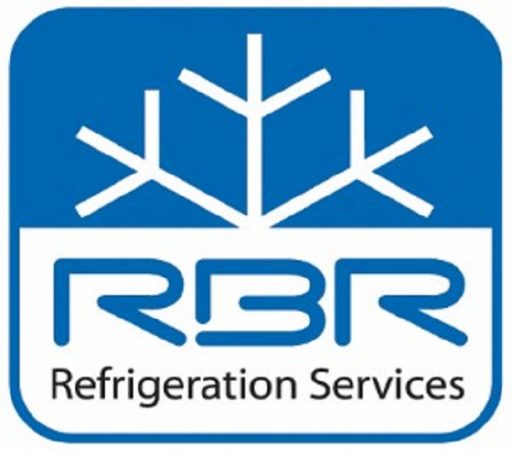How does Refrigeration work?
The Refrigeration cycle is designed to remove unwanted heat from one place and discharge it into another. This is done by pumping refrigerant through a closed refrigeration system; using a closed system allows the same refrigerant to be used continually over and over again rather than have it dissipate into the atmosphere. Being a closed circuit also prevents contamination and controls the flow of the refrigerant.
Refrigeration works on the principle that a liquid expanding into a gas extracts heat from its surrounds. Refrigerants evaporate (or “boil”) at much lower temperatures than water, allowing them to extract heat at a more rapid rate. In a refrigeration system, two different pressures exist within the cycle; the evaporating (or low side) and the condensing (or high side). These two pressure areas are separated by two dividing points – the metered device and the compressor.
Starting the cycle at the metered device (an expansion valve for example), which controls the flow of the refrigerant into the evaporator (or cooling coil) as a low-pressure, low-temperature refrigerant. The expanding refrigerant evaporates (changes state) as it goes through the evaporator, removing heat from the space in which the evaporator is situated. Refrigerant is then drawn through the compressor, raising the pressure of the refrigerant. It then flows through the condenser and is condensed from vapour to liquid form, giving off heat in the process. The refrigerant then returns to the evaporator to continue the cycle.
« Back to Glossary Index
